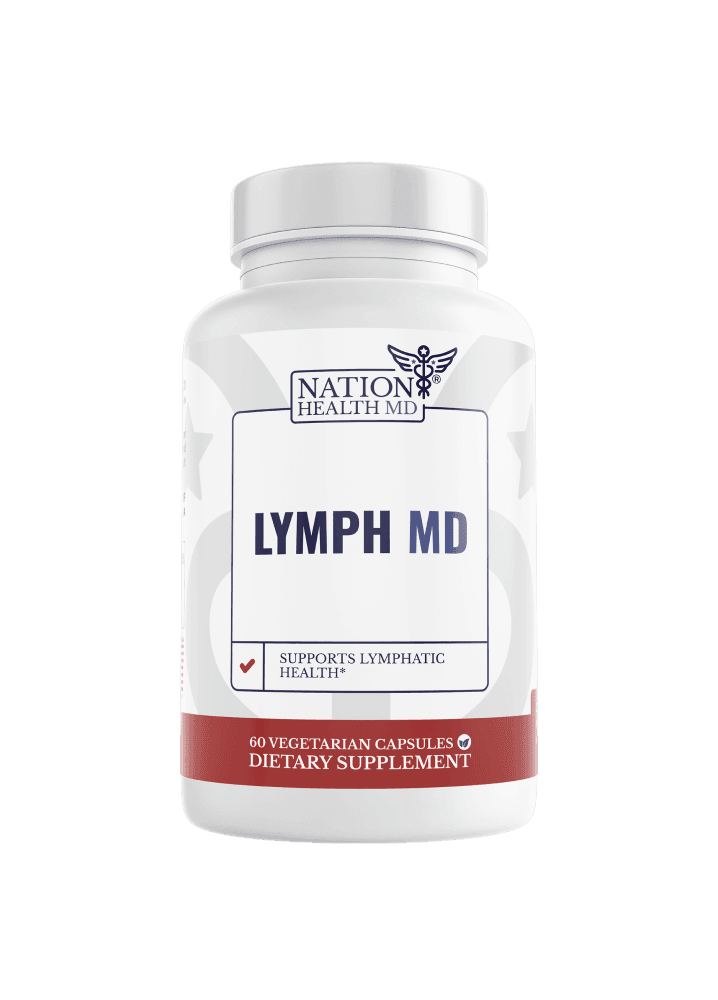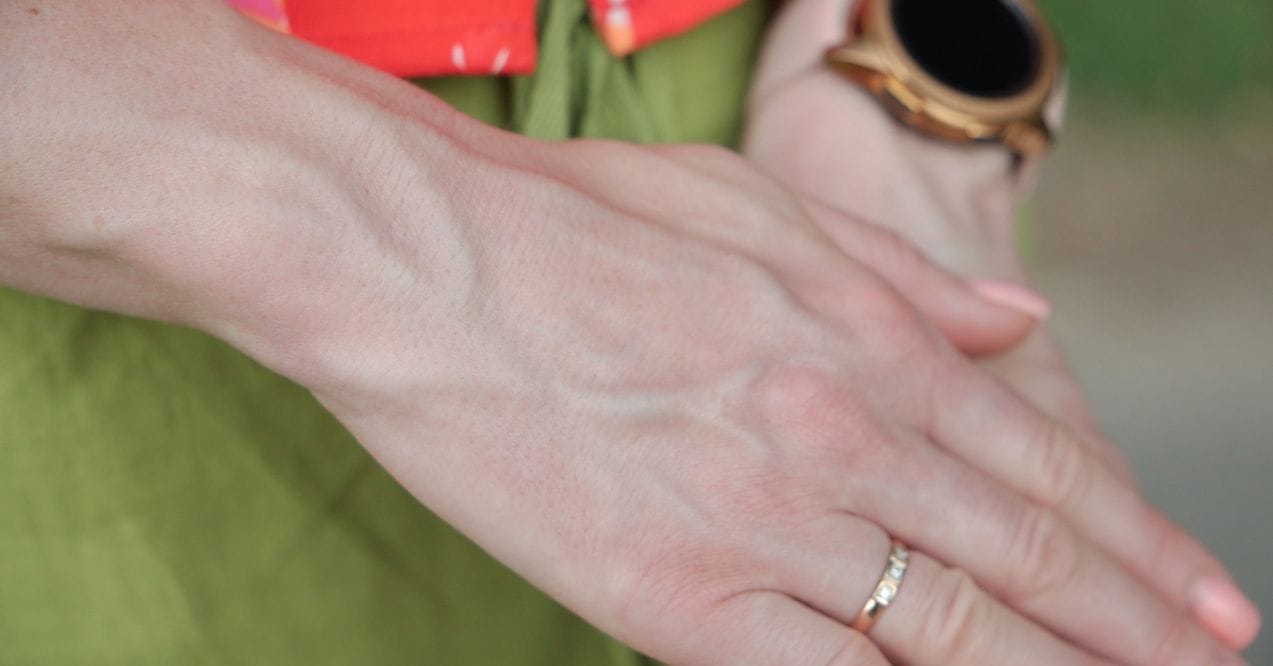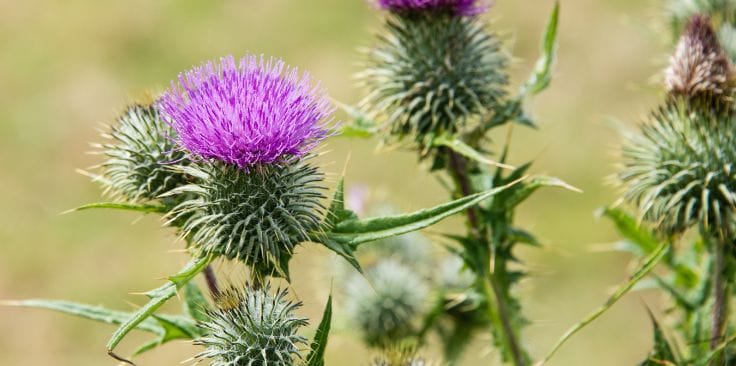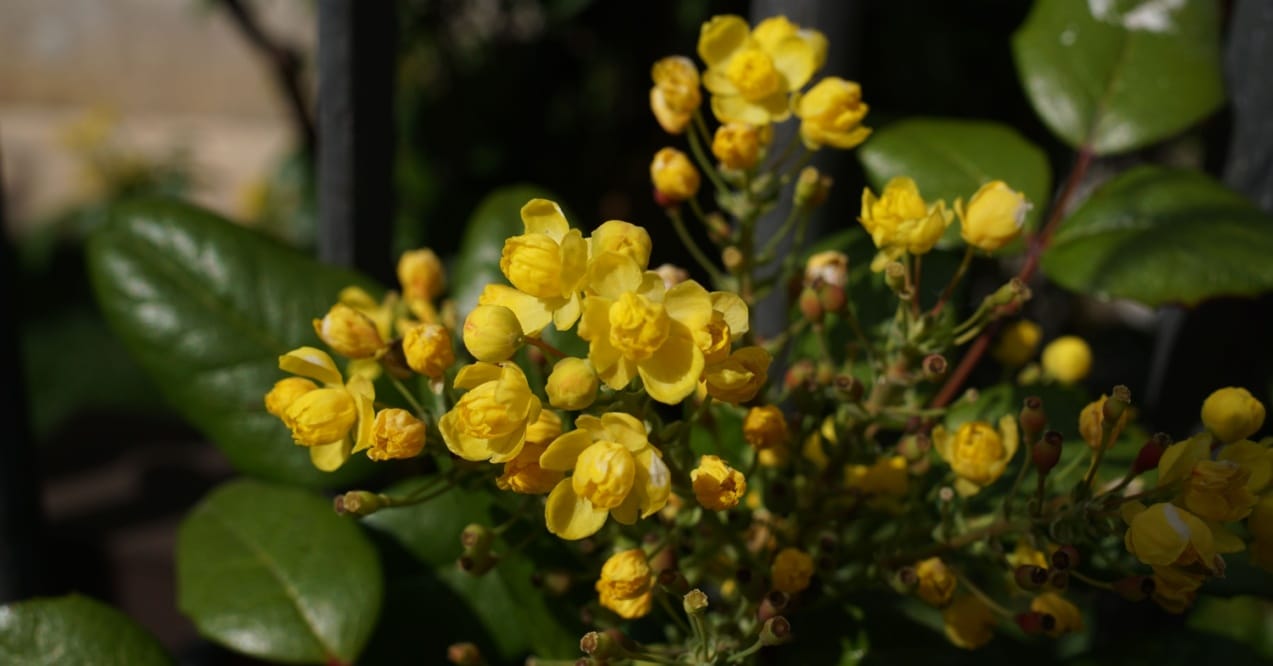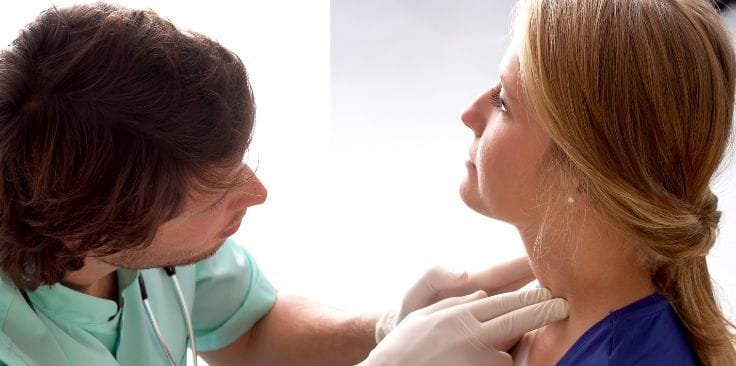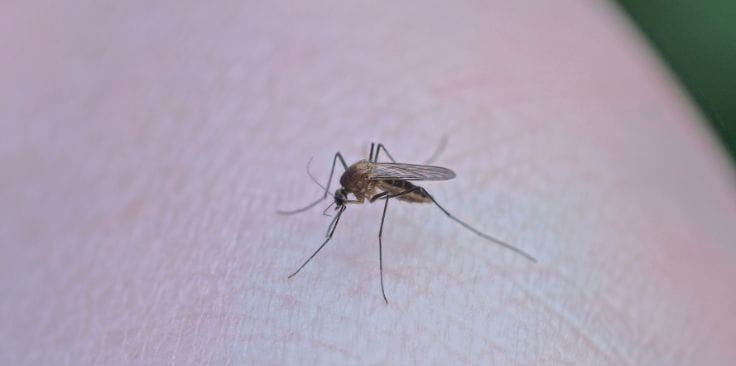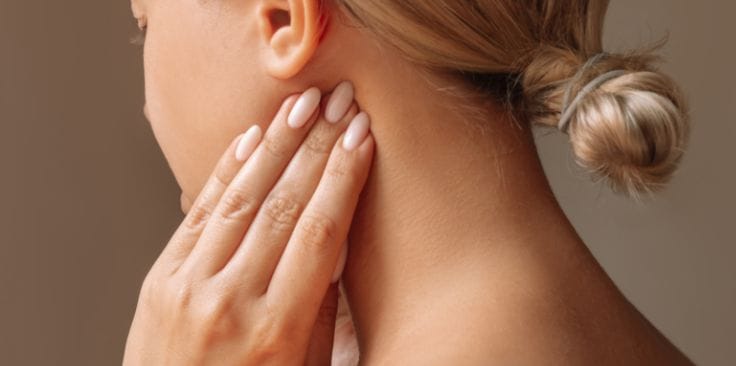10 Herbs for Lymphatic System
Medically reviewed by our experts
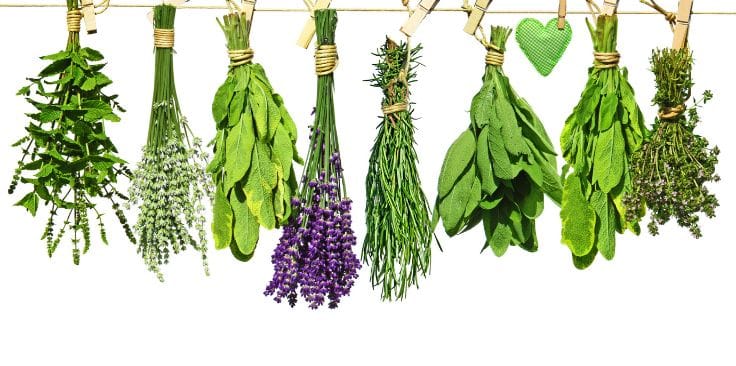

Herbs for lymphatic system play a vital role in supporting this complex network of vessels and nodes. Natural botanicals have traditionally supported healthy fluid balance and natural waste removal.
In this article, we’ll explore ten remarkable herbs known for their lymphatic-supporting properties and introduce a specially formulated supplement for optimal lymphatic wellness.
Key Article Findings
- Traditional herbs like Cleavers and Calendula offer natural support for lymphatic wellness
- Dandelion and ginger have been traditionally used to support healthy circulation and fluid balance
- The combination of specific herbs can provide more comprehensive support than single herbs alone
1. Cleavers (Galium aparine)
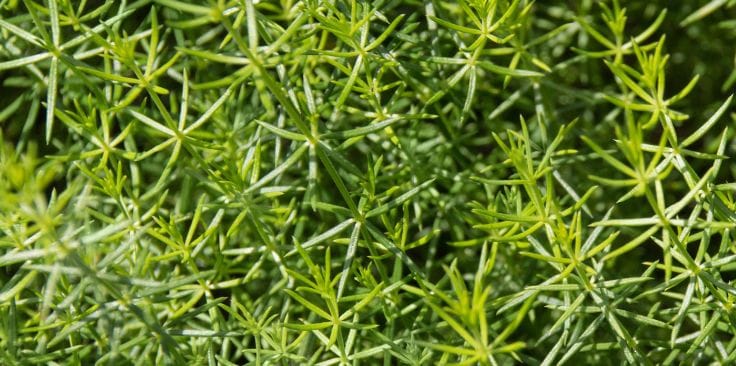
Cleavers, a climbing plant with sticky stems, naturally supports lymphatic function. This gentle herb encourages healthy fluid movement and supports natural drainage processes. Traditional herbalists value its ability to support tissue comfort and maintain fluid balance.
Fresh cleavers can be prepared as a tea or added to smoothies. For optimal results, steep 2-3 teaspoons of dried herb in hot water for 10-15 minutes. You can also juice fresh cleavers or prepare it as a tincture for convenient daily use. Many practitioners recommend using cleavers during seasonal transitions.
2. Calendula (Calendula officinalis)

Calendula flowers provide gentle support for tissue and skin wellness. These vibrant orange blossoms contain natural compounds that support comfort and maintain the body’s natural inflammatory response. Traditional herbalists have long valued calendula for supporting lymphatic wellness.
Enjoy calendula as a soothing tea, add it to bathwater, or apply it topically as an oil or salve. For a nourishing tea, use 1-2 teaspoons of dried flowers per cup of hot water and steep for 10 minutes. The flowers can also be infused in carrier oils for external applications to support skin health.
3. Echinacea (Echinacea angustifolia)

Echinacea supports natural wellness processes and maintains healthy immune function. This Native American plant contains active compounds that support the body’s natural protective mechanisms. It works particularly well when combined with astragalus for comprehensive support.
Include echinacea in your routine through teas, tinctures, or capsules. Prepare a simple tea using 1-2 teaspoons of dried root per cup of water. The root, flowers, and leaves each offer unique supportive properties that contribute to overall wellness.
4. Astragalus (Astragalus membranaceus)
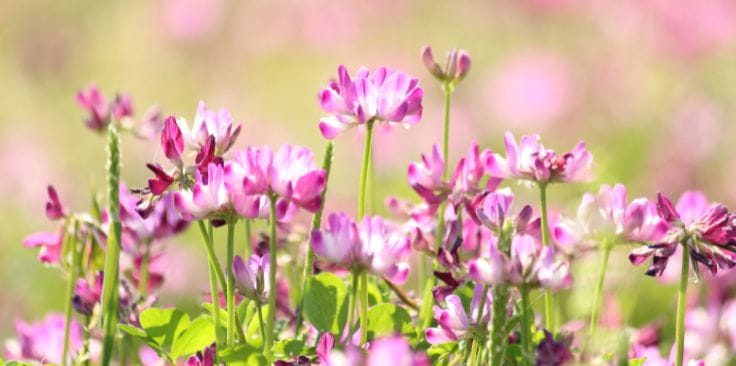
Astragalus root provides long-term support for overall wellness. This adaptogenic herb supports healthy circulation and helps maintain natural fluid balance in tissues. Traditional practitioners value its ability to support natural energy levels and vitality.
Add the dried root to soups and broths, or prepare a nourishing decoction by simmering 1-2 tablespoons in water for 20-30 minutes. This versatile herb can be taken daily as part of a wellness routine and combines well with other supportive herbs.
5. Red Clover (Trifolium pratense)
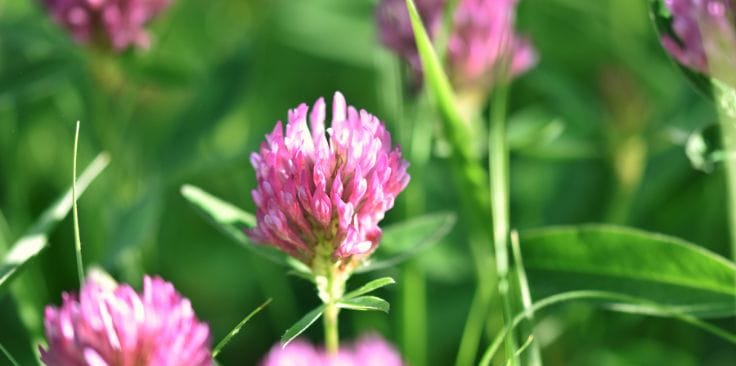
Red clover blossoms support natural cleansing processes and maintain skin health. This herb contains beneficial compounds that support healthy circulation and natural fluid balance. Its gentle nature makes it suitable for long-term use in wellness protocols.
Prepare red clover as a pleasant-tasting tea or combine it with other supportive herbs. Use 1-2 teaspoons of dried blossoms per cup of hot water and steep for 10-15 minutes. The blossoms can be harvested in spring and early summer when they’re most vibrant.
6. Burdock Root (Arctium lappa)
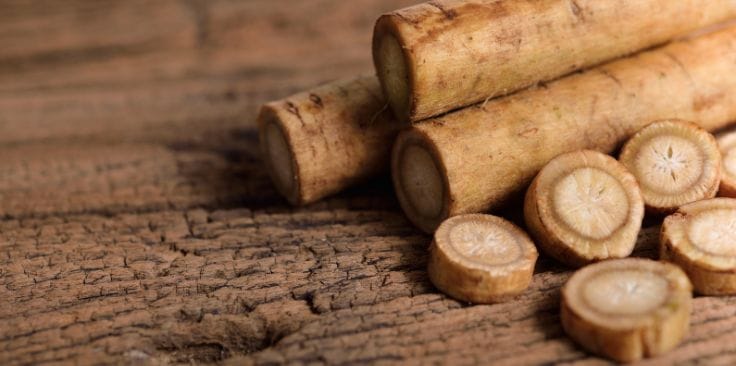
Burdock root supports natural cleansing processes and maintains skin health. This traditional root vegetable contains compounds that support the body’s natural purification functions. It has been valued in both Eastern and Western herbal traditions.
Include burdock root in your diet as a food or herbal tea. Make a decoction by simmering 1-2 tablespoons of dried root in water for 20 minutes. Fresh burdock root can be found in many natural food stores and adds both nutritional and wellness benefits to meals.
7. Dandelion (Taraxacum officinale)

Dandelion supports natural cleansing processes throughout the body. Both the root and leaves provide unique benefits for maintaining overall wellness and supporting natural fluid balance. This common herb for lymphatic system drainage offers remarkable support for whole-body wellness.
Add fresh dandelion leaves to salads or prepare them as a mineral-rich tea. The root can be roasted and used as a coffee alternative. Spring dandelion leaves are traditionally considered most beneficial, though the entire plant offers valuable properties year-round.
8. Poke Root (Phytolacca americana)
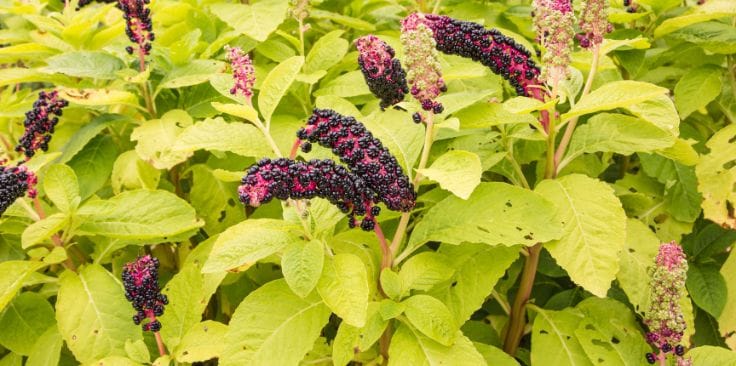
Poke root supports natural lymphatic function when used appropriately. This potent herb requires careful attention to proper preparation and use. Traditional herbalists recognize its significant role in supporting lymphatic wellness.
This herb should only be used under professional guidance. Traditional applications focus on properly prepared external preparations. Given its potency, poke root is typically used in small amounts as part of balanced formulas.
9. Chickweed (Stellaria media)

Chickweed provides cooling properties and supports natural fluid balance. This common garden plant helps maintain tissue comfort and supports overall wellness. Its gentle nature makes it particularly valuable for daily support.
Fresh chickweed can enliven salads or be prepared as a gentle tea. For tea, steep 2-3 teaspoons of dried herb in hot water for 10-15 minutes. This versatile herb grows abundantly in many regions and can be used both internally and externally.
10. Ginger (Zingiber officinale)

Ginger supports healthy circulation and maintains natural warmth in the body. This aromatic root contains active compounds that support overall wellness and comfort. Its warming properties make it particularly valuable for supporting healthy circulation.
Include fresh ginger in foods and beverages, or enjoy it as a warming tea. Simmer 1-2 teaspoons of fresh grated ginger in water for 10 minutes. This versatile root can be used daily and combines well with other circulatory-supporting herbs.
Conclusion
Consider incorporating these traditional herbs for lymphatic system drainage into your daily routine while consulting with qualified professionals about your individual needs. A balanced approach to lymphatic support can contribute to overall vitality and wellness.
Lymph MD from Nation Health MD combines traditional herbal wisdom with modern nutritional science. This specialized formula includes carefully selected ingredients: Dandelion Extract, Burdock Root, Echinacea Purpurea Extract, Bromelain Powder, Cleavers Extract, Lemon Peel Powder, Rutin, and Fucoxanthin-rich Seaweed. This supplement formula, endorsed by Lisa King, RPh, provides a convenient way to support your lymphatic system daily, combining traditional herbs with modern nutritional science for optimal results.
A tea blend combining ginger, cleavers, and red clover supports natural fluid balance. Add lemon for fresh citrus properties. Stay hydrated with pure water throughout the day while enjoying these herbal beverages regularly.
Support natural lymphatic function through regular movement, proper hydration, and traditional herbs. Deep breathing, skin brushing, and stretching exercises help maintain healthy circulation. Consider adding supportive herbs like cleavers or calendula to your routine.
Traditional herbalists value cleavers, calendula, red clover, and burdock for supporting natural lymphatic function. Ginger adds warming properties, while chickweed offers cooling benefits. These plants can be enjoyed as teas or included in daily wellness routines.
Ilina, T., Et Al. (2020). Immunomodulatory Activity and Phytochemical Profile of Infusions from Cleavers Herb. Molecules, 25(16), 3721.
Arora, D., Et Al. (2013). A review on phytochemistry and ethnopharmacological aspects of genus Calendula. Pharmacognosy Reviews/Bioinformatics Trends/Pharmacognosy Review, 7(14), 179.
Health benefits of echinacea. (2024). WebMD.
Zheng, Y., Et Al.. (2020). A review of the pharmacological action of astragalus polysaccharide. Frontiers in Pharmacology, 11.
Mohsen, A., Et Al. (2021). Pharmacological and therapeutic properties of the Red Clover (Trifolium pratense L.): an overview of the new finding. PubMed, 41(4), 642–649.
Chan, Y., Et Al. (2010). A review of the pharmacological effects of Arctium lappa (burdock). Inflammopharmacology, 19(5), 245–254.
Lis, B., & Olas, B. (2019). Pro-health activity of dandelion (Taraxacum officinale L.) and its food products – history and present. Journal of Functional Foods, 59, 40–48.
Nunez, K. (2024). The potential benefits and side effects of poke root. Healthline.
Oladeji, O. S., & Oyebamiji, A. K. (2020). Stellaria media (L.) Vill.- A plant with immense therapeutic potentials: phytochemistry and pharmacology. Heliyon, 6(6), e04150.
Anh, N. H., Et Al. (2020). Ginger on Human Health: A Comprehensive Systematic review of 109 randomized controlled trials. Nutrients, 12(1), 157.
Popular Articles
Advertisement. This site offers health, wellness, fitness and nutritional information and is designed for educational purposes only. You should not rely on this information as a substitute for, nor does it replace, professional medical advice, diagnosis, or treatment. If you have any concerns or questions about your health, you should always consult with a physician or other health-care professional. Do not disregard, avoid or delay obtaining medical or health related advice from your health-care professional because of something you may have read on this site. The use of any information provided on this site is solely at your own risk.
